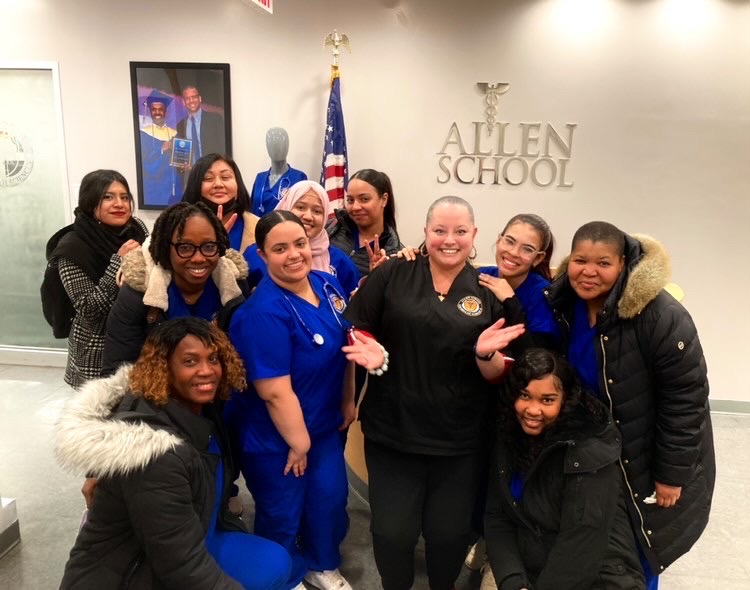Early History of Medical Assisting
The concept of a “medical assistant” wasn’t formalized until the mid-20th century, but similar roles existed long before that. In the early 1900s, doctors often relied on nurses, secretaries, or even family members to help with tasks in small private practices. These assistants handled everything from bookkeeping and scheduling to basic patient care.
As healthcare became more complex and accessible to the general population, physicians began needing more support – not just from nurses, but from skilled professionals who could manage both clinical and administrative duties. This growing demand laid the foundation for the medical assistant profession.
The Rise of Certified Medical Assistants
The medical assistant role officially began to take shape in the 1950s. As the profession gained visibility, there was a push for standardized training and formal recognition. In 1956, the American Association of Medical Assistants (AAMA) was founded to provide leadership and professional support.
By 1963, the first Certified Medical Assistant (CMA) exam was offered through the AAMA. This was a significant milestone, as it established medical assisting as a legitimate, credentialed profession. Certification helped build credibility and ensured that patients received care from trained professionals with verified knowledge and skills.
Key Changes in Training and Education
As the role of medical assistants expanded, so did the need for comprehensive training programs. In the early years, many medical assistants were trained on the job. But as responsibilities grew to include tasks like taking vital signs, assisting with procedures, administering injections, and working with electronic health records, formal education became essential.
Accredited programs (like those offered at the Allen School of Health Sciences) began providing students with hands-on experience, classroom instruction, and opportunities to learn from instructors who had worked directly in the field. Topics covered today include clinical skills, anatomy, medical terminology, and administrative processes like billing and scheduling.
Medical assistant programs now serve as an important gateway into the healthcare industry, giving students the skills and confidence they need to succeed in a wide range of medical settings.
The Impact of Technology on Medical Assisting
One of the biggest shifts in the medical assistant profession has been the rise of digital technology. From paper charts to electronic health records (EHRs), the way patient information is recorded and managed has changed dramatically.
Modern medical assistants are expected to be proficient with EHR systems, scheduling software, and digital communication tools. They may assist with telehealth appointments, input diagnostic codes, and ensure patient data is accurately documented and secure.
Technology has not only streamlined many day-to-day tasks, but it has also opened new opportunities for medical assistants to expand their skill sets and take on more specialized roles within healthcare teams.
Future Trends in the Medical Assistant Profession
As the healthcare industry continues to grow and evolve, so will the role of the medical assistant. Several trends are likely to shape the future of the profession:
- Increased Demand – With an aging population and expanded access to care, medical assistants will continue to be essential in both primary care and specialty practices.
- More Specializations – Medical assistants may choose to focus on areas like pediatrics, dermatology, or outpatient surgery, taking on advanced responsibilities within their chosen specialty.
- Greater Integration with Technology – As healthcare relies more on data and virtual care, medical assistants will play a key role in managing patient information and supporting tech-based services.
- Emphasis on Soft Skills – Patient communication, empathy, and problem-solving are more important than ever. Medical assistants often serve as a key point of contact for patients, making interpersonal skills just as valuable as clinical ones.
For prospective students, these trends show that medical assisting is more than just a starting point; it’s a career path with depth, purpose, and room to grow.
Learn More about Medical Assisting at Allen School
Whether you’re just starting or looking for a meaningful career change, medical assisting offers an opportunity to join a profession with a rich legacy and a bright future.
Ready to learn more? Contact us today to explore The Allen School of Health Sciences’ medical assistant program and take the first step toward your healthcare journey.

